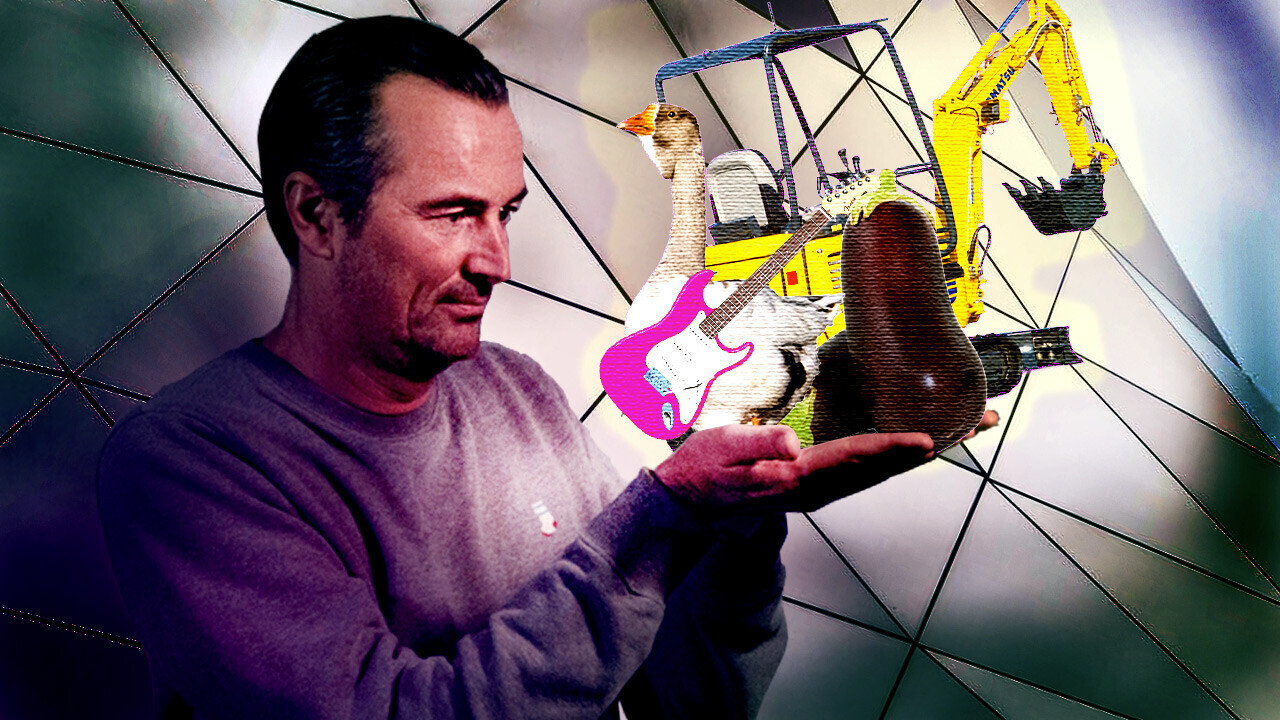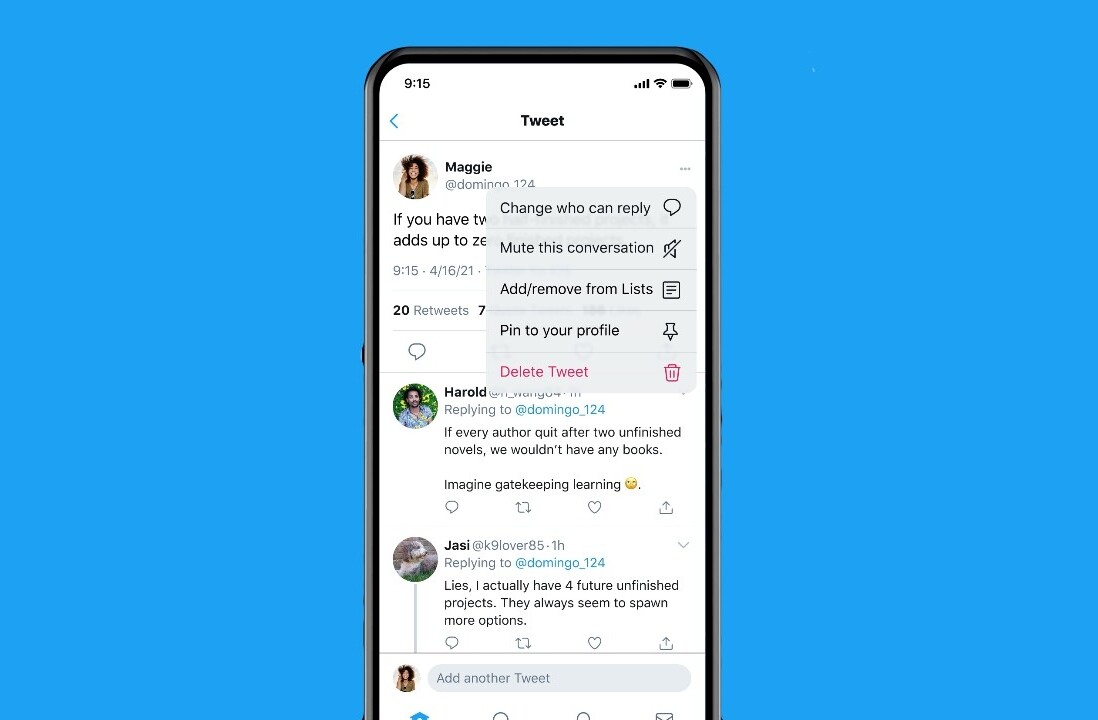
Boris is the wise ol’ CEO of TNW who writes a weekly column on everything about being an entrepreneur in tech — from managing stress to embracing awkwardness. You can get his musings straight to your inbox by signing up for his newsletter!
I recently learned a technique for enabling connections and conversations during dinner, and it’s called… the conversation piece.
Apparently, in previous centuries, it was common practice for the wealthier families of Amsterdam (where I live) to place an object in the middle of the table, so your guests could discuss it. A literal conversation piece.
They’d host prestigious dinner parties where the pieces were crafted by commissioned artists. Some were abstract, some more classical and poetic, and some were downright pornographic. So conversations never stalled, the more audacious and controversial the piece was, the more there was to talk about — especially once the alcohol started flowing.
[Read: The ‘five whys’ will make returning to the office less awful]
I greatly enjoy hosting dinner parties as they revolve around good conversations and exchanging ideas, so I was really inspired. But I was also inspired because I could see how the benefits can reach far beyond dinner parties.
I want to have great discussions in my management team, good exchange of ideas with other teams, and engaging one-on-one conversations with my employees.
So here are my three tips to improve your communication, based on the age-old conversation piece.
Tip 1: Choose your piece
Let me be clear: don’t bring an erotic centerpiece to your next team meeting. But what you can do is think about the general concept of having a conversation piece to enable great conversations.
I love the story of the founder of Palm when the company was first starting out. He chose what sparked conversations by actually fashioning a Palmpilot prototype out of wood, drawing a screen and buttons on it with a pencil — and then he carried it around the office and pretended it worked.
He’d come into meetings, place a block of wood on the table, and act as if it was a fully functioning machine. Now that’s a conversation starter.
But a conversation piece doesn’t have to be a physical object or a thing. At our conferences — next one in 84 days, see you there in person? — I like to use our speakers as the conversation pieces.
No matter who you run into or what field they’re in, it’s so easy to encourage a discussion with a simple “have you seen this speaker?” And the beautiful thing is, it doesn’t even really matter whether the answer is yes or no because you now have something to kickstart the conversation.
Tip 2: Shut up
As great as it is to come prepared for conversations, there’s one undeniable fact we have to acknowledge: you talk too much.
If you want to have a good conversation, learn to shut the fuck up. Or as more eloquent people would say: you’ll never learn from just hearing yourself speak.
I know you agree with me when I say the best conversations are when you’re genuinely interested and ask lots of questions. It’s amazing when you have chats like these with friends and family, but they’re even more precious in company meetings.
That’s why I find the most powerful thing you can do in a meeting is to start by saying, “I’m here to listen.” Then hold your tongue and absorb what others have to say — you’ll learn a ton.
So not only can a ‘conversation piece’ be abstract rather than physical, the intentional absence of one can start a deeper discussion.
Tip 3: Walkie-talkie
The physical conversation pieces of old also remind me of a conversation technique I picked up a while back. When you want to discuss complex topics, go for a walk together.
Why? Because it works so much better than a rigid chat sitting across from each other.
When you’re walking, you can stare into the distance and speak your mind more freely. When you’re sat opposite each other, you won’t be able to avoid eye contact, and that can make it harder to think out loud as you feel more scrutinized or worried about how the other person will react to a half-formed thought.
This is just one reason video chats can be so annoying: the constant and unavoidable eye contact.
A walk can therefore make sure the wrong thing doesn’t dictate which direction the conversation goes — for example, perceived judgment by the person sitting across from you.
So to sum up…
Want to ask someone a tricky question or discuss a complex topic? Don’t schedule lunch but go for a walk, or meet in a museum, or find a sunset or fireplace to stare into. And then shut up and listen.
Don’t try to impress others with your stories or insights, but dive deep into their background and reasoning. And lastly, define your conversation piece — whether it’s physical, abstract, or non-existent — then let the conversation develop on its own from there.
Can’t get enough of Boris? Check out his older stories here, and sign up for his newsletter here.
Get the TNW newsletter
Get the most important tech news in your inbox each week.




